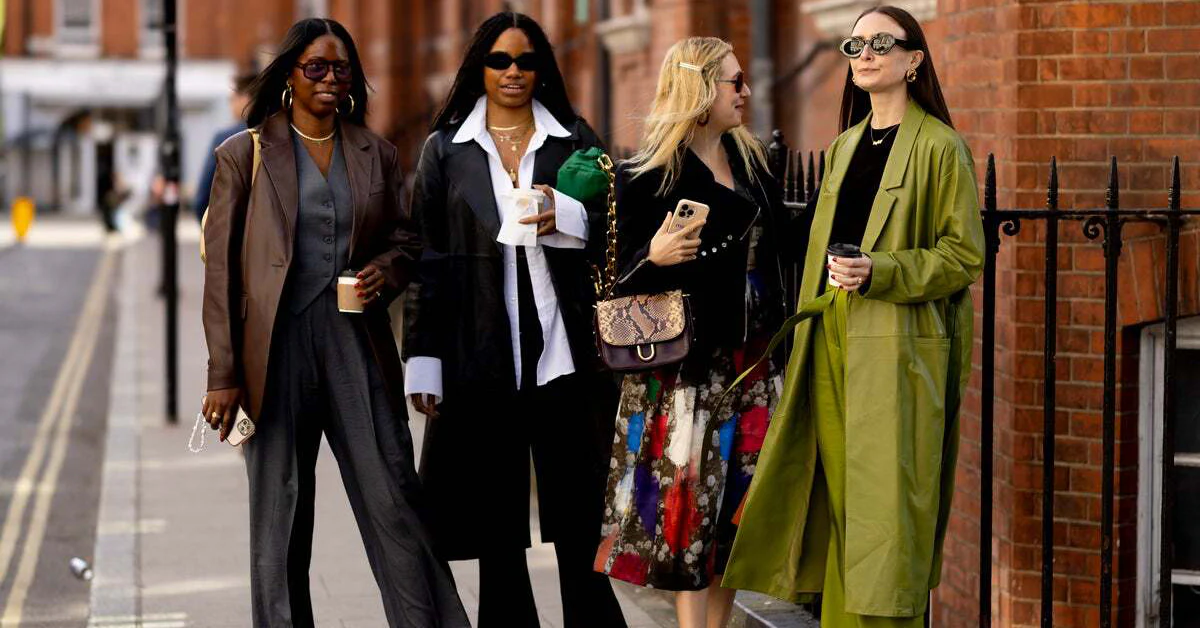To look elegant and sophisticated, you don’t have to spend a fortune on designer clothes. The secret lies not only in the cut or brand but in the colors you choose. The right color palette can elevate any outfit—even one made of affordable pieces. Baltimore Chronicle will explore how to achieve that “magazine cover” look without breaking the bank.
Why Color Matters in Creating an “Expensive” Look
Clothing color doesn’t just complement your outfit—it shapes the first impression of you. Some shades are associated with status, stability, and style, while others can cheapen even a luxury outfit.
Clothing in noble tones such as deep burgundy, emerald green, rich navy, or creamy beige radiates sophistication. Pastel shades add lightness, while monochrome looks exude strict elegance. A poorly chosen color, however, can make even the most expensive item look cheap.
Mastering the art of color selection is like having a secret weapon in your wardrobe. Even with a limited budget, you can look like you just stepped out of a high-end boutique.
The Best Colors for Creating an Expensive Look
Some colors are automatically associated with class and style. Using them in your wardrobe can help you easily achieve the “luxury effect.”
Colors that work for you:
- Navy blue — versatile, classic, ideal for both business and casual wear.
- Burgundy or wine — looks deep and noble, perfect for autumn and winter.
- Beige tones — once considered boring, now seen as refined and stylish.
- Emerald green — adds richness and natural sophistication.
- Chocolate brown — warm and solid, yet understated.
Colors that can cheapen your look:
- Neon shades — often look tacky, especially when paired with synthetic fabrics.
- Bright pink or electric green — too flashy for an elegant style.
- Dirty shades of yellow or orange — create a “faded” or worn-out appearance.
How to Combine Colors: Style Rules
Proper color combinations are the foundation of a stylish appearance. If you build an outfit with balance and contrast in mind, even the cheapest pieces can look high-end.
Basic principles:
- Monochrome — one color in different shades adds sophistication and restraint.
- Tone-on-tone — combining colors that are close in hue looks harmonious.
- Contrast, but smart — combine dark base tones with bright accents without overwhelming the look.
- Base + accent colors — for example, beige and burgundy, gray and emerald.
- Avoid too many colors — three colors per outfit is the maximum.
Comparison of Color Effects in a Wardrobe
| Color | Impression | Recommendation |
|---|---|---|
| Navy blue | Restraint, status | Perfect for basic wardrobe pieces |
| Beige | Elegance, softness | Great for outerwear |
| Emerald green | Luxury, freshness | Works well for accent pieces |
| Burgundy | Depth, nobility | Looks great in accessories |
| Bright yellow | Cheapness, aggressiveness | Use sparingly |
| Neon | Youthful, loud | Avoid in formal or classy styles |
How to Look Stylish Even in Simple Clothes
It’s not just about colors. How you wear your clothes matters too. Here are some practical tips:
- Keep your clothes clean and neat.
- Choose items that fit your body well.
- Add simple accessories like a watch, chain, or neutral-colored bag.
- Avoid shiny fabrics that tend to cheapen the look.
- Master layering—jackets, trenches, and vests can add structure and elegance.
Budget Wardrobe: What to Invest In
You should invest not in quantity, but in quality. Here’s what’s worth spending money on:
- A classic coat or trench
- Quality shoes
- A neutral-toned handbag
- A basic white shirt
- Jeans with a perfect fit
On the other hand, items like t-shirts, accessories, or “trendy” pieces can be bought from mass-market stores—they don’t impact your overall look as much.
What Color Psychology Says
Colors don’t just have a visual effect—they influence mood and perception too. They can make you look more confident, trustworthy, or even admired. If you want to look confident, choose blue. Want to evoke warmth? Add creamy or brown tones. Want to look luxurious? Emerald green is your best friend.
Color Capsule: Building a Versatile Wardrobe
Create your own “color capsule” from basic shades that suit you. This will help you quickly assemble outfits without spending too much time or money.
Your capsule should include:
- 2–3 neutral colors (gray, beige, black)
- 2 accent colors (burgundy, green)
- 1 seasonal color (e.g., powder pink in spring)
Color as the Main Style Resource
To look expensive, you don’t need to shop at luxury stores. Just learn which colors work for you, how to combine them, and where to invest. Your confidence and taste are your best stylists, and a well-chosen palette will make any outfit look premium.
Earlier we wrote about how to look stylish in the office.

